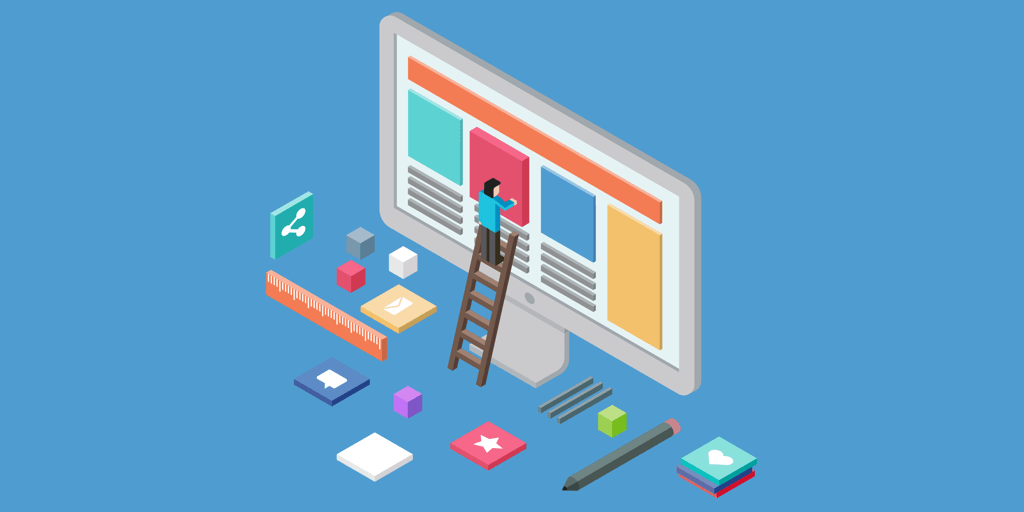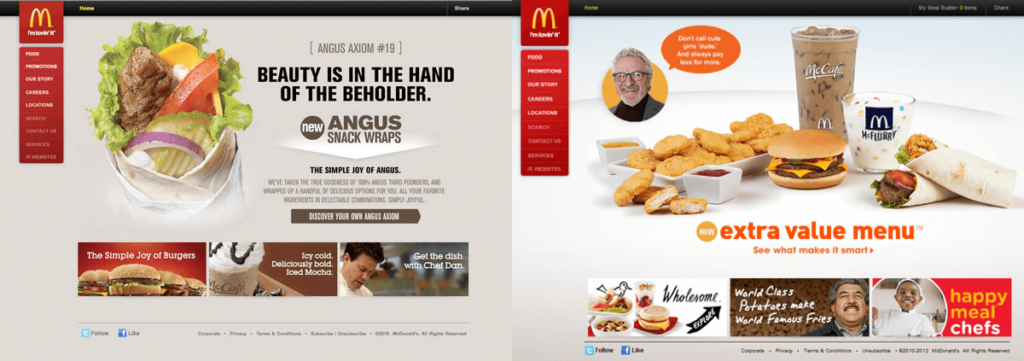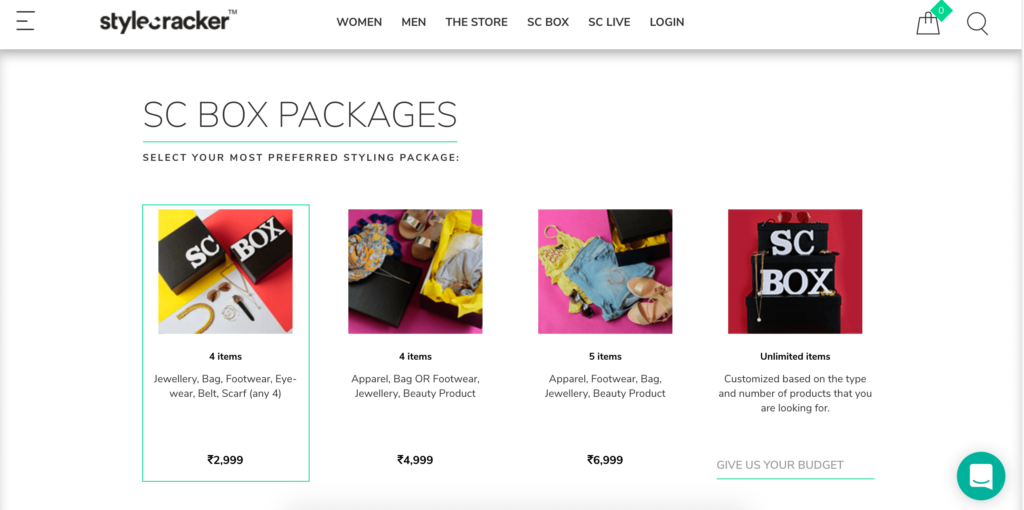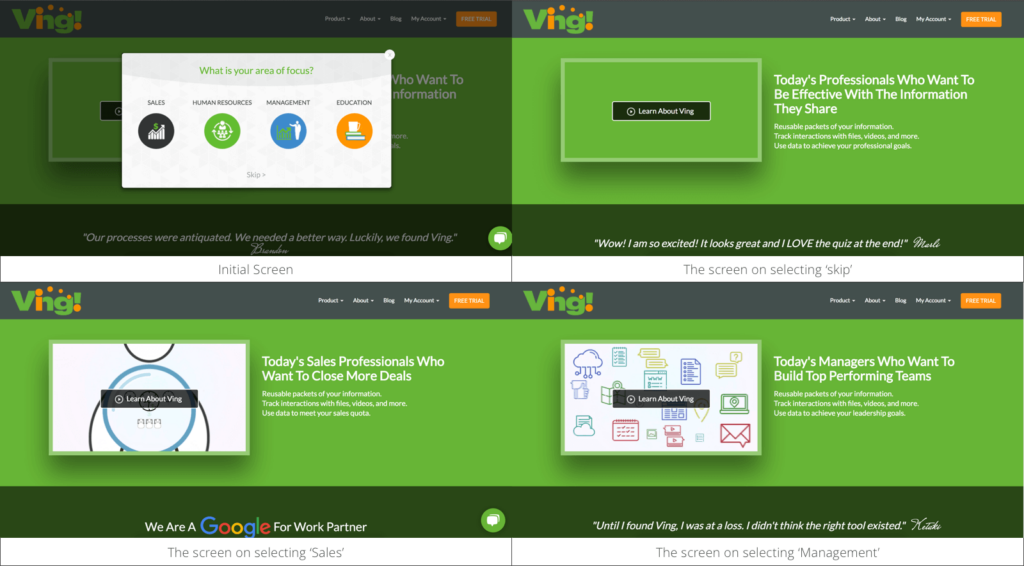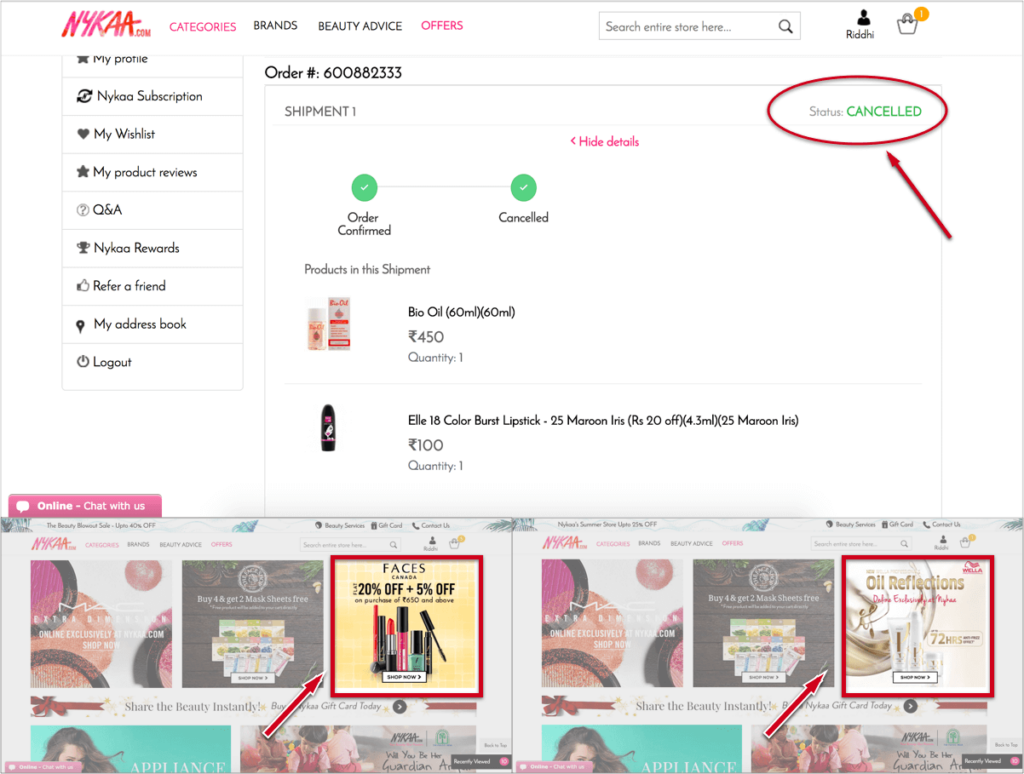Personalization is when you are put into a bubble that is more like your personal universe.
Personalized UX makes the design of a product feel insightfully alive. There are a lot of benefits for businesses to personally tailor a user’s experience.
Offering your users an easy-to-browse and easy to navigate websites, enhances their experience. Businesses benefit when users view items of interest. It results in better conversions and a higher grade of user satisfaction.
Benefits of Implementing Website Personalization:
- Personalizing user experience helps website owners to target correct audiences. Engage authentic prospects and achieve a higher conversion rate.
- Engaging real prospects leads to an increase in sales and thus an increase in revenue.
- Gaining frequent visitors and create a loyal customer base and improve user retention.
- Delivering a more human interaction which the customers enjoy better
Following are some of the rising UX trends that can work wonders for your website personalization and user journey:
1. Location-based Personalization
When the user’s experience is tailored according to location, the results are enriching. Create websites according to local tastes, interests, cultures results into better conversion.
Example: Coca-Cola is a globally known beverage brand. They personalize their website according to the countries they are marketing in. The Chinese website uses elements that appeal more to the Chinese, i.e, animations and graphics. Also, the language displayed on the website tends to be the one they are most receptive to.
2. Time-based Personalization
What could sell better than catering to customers in their hour of need? Just like location-based personalization, you can also implement time-based website personalization.
Example: McDonald’s US website updates every day according to the day of the hour. In the morning, they have a breakfast menu on display, whereas in the lunch time they have meal menus. In the time between these two, snack menus are on display. Thus, if a user opens the website at different hours of the day, relevant menus are on display for them.
3. Cross-Selling
By definition, cross-selling is convincing your users to buy higher denomination items than they are looking for. This way more items get sold then the customers are expecting to buy. Introducing combo offers, like ‘shop-the-look’ helps intelligently increase revenue. Cross-selling is less risky than upselling* since in the end customer is bound to at least buy the base product.
Upselling is when you convince the user to buy a better & more expensive product in the same category than what they are actually looking for.
Example: StyleCracker sells styling packages in different budgets. This paves a way for them to earn more revenue. The personalization for the users come into play when they select what their individual packages will contain.
4. Role-based Personalization
When a user logs in or goes through your website, a general persona is created. This persona is then shown specific personalized content. Based on the results, the same content is displayed to others users who match the persona type. In other instances, users are pre-grouped based on certain characteristics previously known. Advanced personalization is implemented based on these pre-groupings. A lot of intranets work on role-based personalization.
Example: Ving is a platform, where an onboarding user is asked about the role he works for or is interested in. Based on the selected role, the homepage and services shown are relevant to cater to his specific needs.
5. Enhanced Shopping Experience
Certain businesses personalize in a non-direct way to their users. The process can sometimes become creepy to the users, thus it is important to do it in a nonchalant way. The users should not feel that their each move is being watched upon.
Example: A recent order on a popular beauty product eCommerce site Nykaa.com was canceled.The reason for canceling was impulsive shopping by the user. The website used this information to personalize a section of its homepage. The said user was shown similar items to the one which was in the canceled order earlier. This is a very smart way to re-target a missed conversion and have a chance to convert the future visits to revenue.
Conclusion:
Website Personalization is an approach business can implement right away. This will allow them to experience an increase in revenue as well as build a loyal customer base. The users will utilise the websites better by receiving relevant content and dealing with less noise. Personalization thereby becomes necessary in today’s era to provide a compelling user experience.
Explore interesting personalization use cases across different domains with our upcoming webinar. Grab the chance of interacting with subject matter experts and get real life insights on implementing website personalization.

